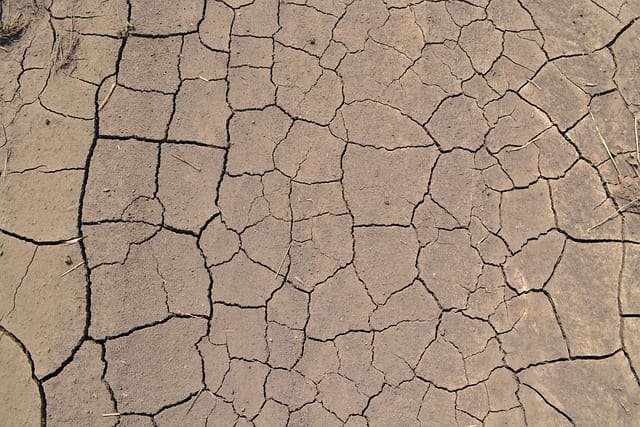
When we fix the dirt, we fix the nutrition of our food, and we make a huge dent in climate change – that’s a win, win, win. But only 10% of US farmers want to help. They need incentives to risk changing their business model that is slowly killing us.
Fixing the Dirt

The human quest for food over thousands of years has severely degraded the soil around the world. Regenerative farming practices reverse that process. But only 10% of farmers have been willing to risk change without new government subsidies.
Fixing Nutrition

Industrial agriculture depends on chemical fertilizers, pesticides, and herbicides for yields on depleted soil. The results are at best low nutrition foods. Add modern food processing and preservatives and there is little wonder that so many people are unhealthy.
Fixing the Climate

Since 1986, interest in claims of climate change has grown. Activists are driving sustainable energy production and fossil fuel elimination. They are now in panic mode because they are years behind schedule. Fixing the dirt must get more support!
About Me
Born in a log cabin, I grew up on a small farm in Southern Illinois. Dad, who also grew up on a farm, quit his frustrating factory job. He bought thirty acres and built a three-room house. He was determined to make a go of farming and raising his three boys right. The first-born, I got all the worst jobs as soon as I was old enough to work. I milked cows and fed hogs, chickens, rabbits, and mink. I took care of the garden from planting, weeding, fertilizing, and harvesting.
The worst job I recall was manning the corn planter. Dad bought an old horse drawn planter and cut off the long tongue to fit behind his old tractor. My job was to ride the planter and make sure it operated right, a challenge for a twelve-year-old. In those days, all farmers worked their fields into a seedbed for planting, so I ate tons of dust over the years!
Small farms like the one I grew up on died as later generations left the tough, low-income life for higher hopes. A falling barn here or lone silo there marks the site of a family farm not yet completely erased by progress.
I would have been happy to remain on the farm, but there was no land or equipment enough to support that life for me. So, I went to the University of Illinois on a farm-kid scholarship and earned an engineering degree.
After a long, satisfying career in the aerospace industry, I retired to Illinois to enjoy country life again after years in large cities around the country. Enjoy I did for over twelve years, reengaging with old family and friends, volunteering at the local historical village, and polishing my gardening skills.
During the Covid shutdown, I retired again, this time to Texas to be nearer kids and grandkids. I tried gardening in my back yard, but the dirt was too poor to grow weeds. Things that had worked in Illinois, California, Georgia, and lower Texas gardens failed.
Trying to fix my new dirt, I dug into regenerative farming (RF) news for ideas – IMPRESSIVE indeed! Then, comparing current industrial farming with RF revealed an on-going man-made health tragedy. Finally, noting that RF could have major carbon sequestration impacts, I probed the growing fears of climate change. I had to build this website to keep track of insights.





